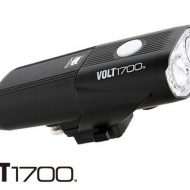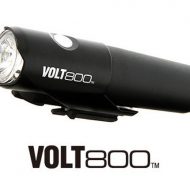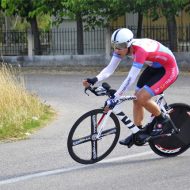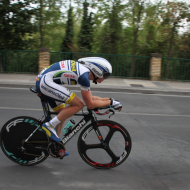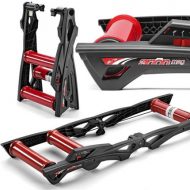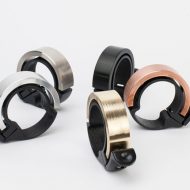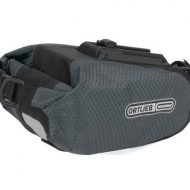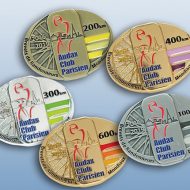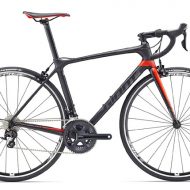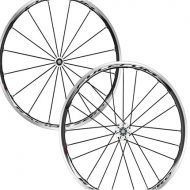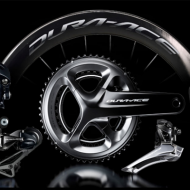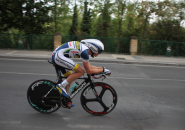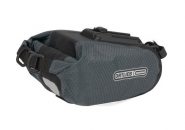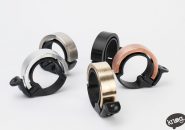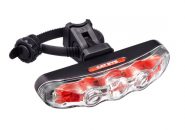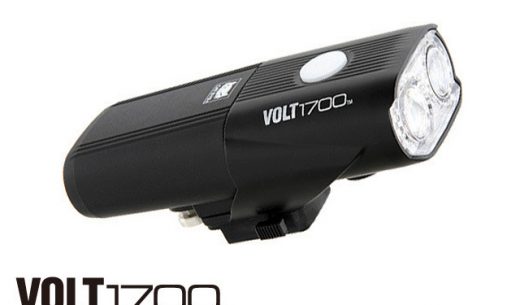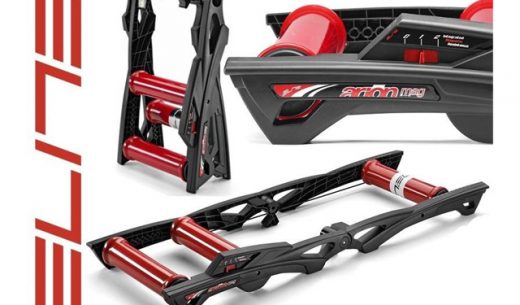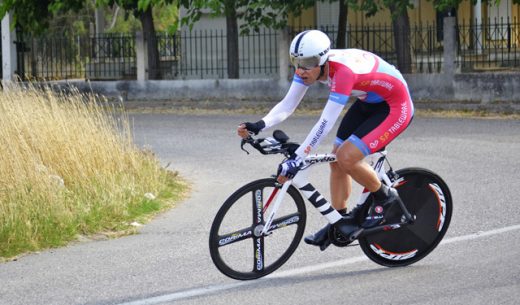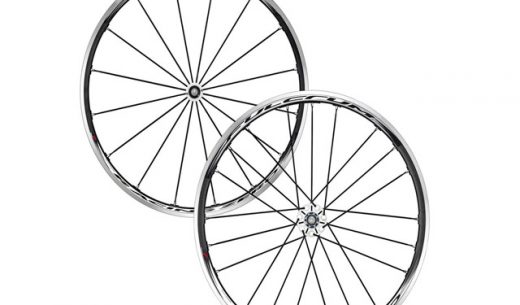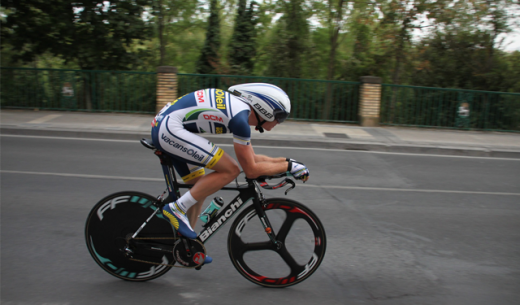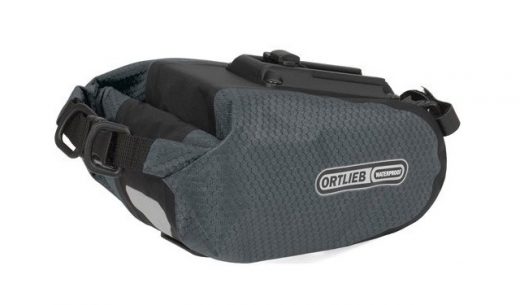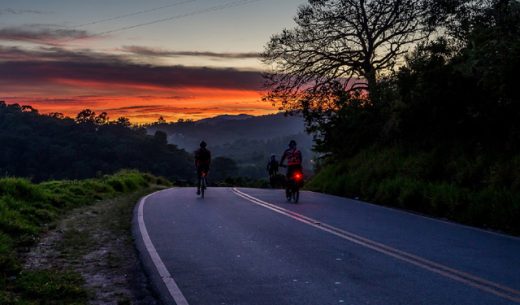Last Updated 2021.12.21
How to choose a headlight that suits the purpose of your road bike
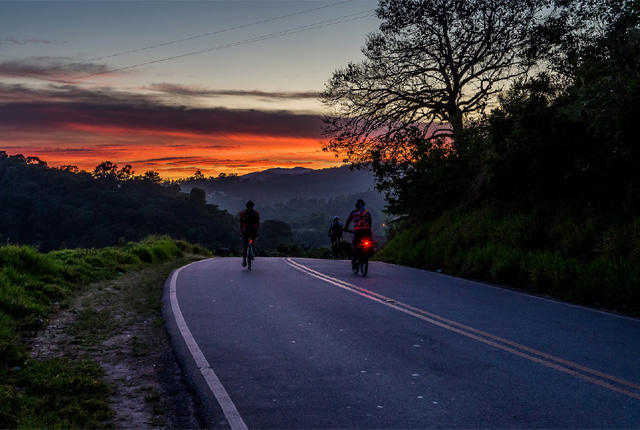
Currently, a wide variety of headlights for road bikes are released by various manufacturers. If you are new to road bikes, you may not know what kind of headlight you should choose. From technical terms such as lumens and candela, which are units that express the brightness of headlights, to light distribution patterns, it is very often that you cannot tell what kind of irradiation the light is unless you look closely at the catalog specifications of the light. In this article, we will explain how to choose headlights while explaining the technical terms of headlights so that you can choose the most suitable headlights according to the purpose of riding a road bike.
What is Lumen Candela?
Lumens and candela are technical terms used to describe the brightness of headlights. It’s a word I often hear, but I think many people don’t understand the difference. Keep this in mind as it will help you choose the right headlight for you. Lumen refers to the total amount of light emitted from a light source. It is a number that indicates how much light is emitted from the headlight, regardless of the light distribution pattern, whether it is illuminated widely or focused on one point. It also measures the performance of the light, for example, Cateye’s VOLT400 has 400 lumens, VOLT800 has 800 lumens, and so on.
Candela means the intensity of light in a place. Since the lumen is the total amount of light, the light distribution pattern is irrelevant, but the light distribution pattern is greatly related to the candela. For example, even with the same 400 lumen light, if the irradiation angle is wide, the light will be dispersed and the candela value will be small, and if the irradiation angle is narrow, the light will be concentrated and the candela value will be large. In other words, just because the number of lumens is large does not mean that the light can reach far. You also need to consider the light distribution pattern. There is another jargon called lux, but when thinking about bicycle headlights, I think it’s okay if you understand the lumens and candela mentioned above.
What you can see from the headlight specs
Headlight catalogs and packaging usually have lumen values. However, as mentioned above, the performance of the headlight cannot be judged from the lumen numbers alone. Let’s say you have the same 400 lumen headlights here. One is 2000 candelas and the other is 4000 candelas. The 400 lumen 2000 candela light disperses the light, so it illuminates a wide area but does not reach far. The 400 lumen 4000 candela headlights focus the light on one point, which allows you to illuminate a long distance, although you cannot see a wide area. In this way, it is necessary to consider lumens, candela, and light distribution patterns at the same time. In CatEye, lumens and candela are listed together as headlight specifications, but many manufacturers only list lumens in the specifications, and the notation is not unified. It is a good idea to judge the basic performance of the headlight by the number of lumens, and when choosing it, actually turn it on and check how the light spreads. CatEye has posted pictures of each product on its homepage. It is a good reference when choosing a headlight.
Knowing how many lumens you need
The JIS standard stipulates that headlights should be 400 candelas or more. If you compare it with CatEye’s products, the standard model EL140 is 400 candelas (15 lumens). This EL140 is sufficient for urban nights, but VOLT100 (100 lumens / 400 candelas) and VOLT200 (200 lumens / 3000 candelas) are safer. If you’re driving in a pitch-black place without street lights, you’ll want at least 400 lumens. If you’re training at high speeds, you’ll want to choose bright headlights with 800 lumens or more. Not only the driving environment but also the speed of running on a road bike has a lot to do with how bright the headlights are needed. The higher the speed, the faster you need to find something far away. Of course, it’s best to use high-performance headlights no matter how you drive or wherever you go. If you have one bright headlight, you can usually use it as a headlight with a small amount of light. However, price and weight cannot be ignored. Choose the best headlights considering your driving style, driving environment, budget, and usage.
Select the light distribution pattern of the headlights
As mentioned above, even with headlights of the same brightness, the appearance of objects differs greatly between those that widely disperse light and those that illuminate one point with a spot. How should the light distribution pattern be selected? It depends on what kind of environment and how you run. First of all, when speeding up such as night training, the spot type that converges the light and can be seen far away is recommended. The wide type that illuminates a wide range of sides is suitable for places such as pitch-black places such as cycling roads at night, places where the road surface is rough and there are many obstacles, and residential areas where there is a high possibility of jumping out from the side. For pitch-black mountain roads, you need to choose a model that is as bright as possible so that you can see wide and far. Some cateye models have a special light distribution design that illuminates the feet wide while illuminating the front with a narrow irradiation angle to allow light to reach far from the feet. Our recommendations include CatEye’s VOLT400 and Lezyne’s 500 lumen model.
Can the headlights be turned upside down?
Is it okay to turn the headlights upside down and attach them to the underside of the steering wheel to make the upper side of the steering wheel cleaner? In conclusion, there are headlights that can be turned upside down and headlights that can’t be used. It is not recommended to use a light distribution pattern that is asymmetrical in the vertical direction because the light distribution will not be as designed if it is attached upside down. Also, if the headlight whose main body has a drain hole on the lower side is turned upside down, water may collect and break. It is best not to use it in a direction that goes against the manufacturer’s design intent. Even if the CatEye VOLT400 mentioned above is installed upside down, the light distribution pattern does not change, and there is no need to worry about water ingress because the USB port is covered with a rubber lid.
Advantages and disadvantages of rechargeable and battery-powered
There are two types of headlights for road bikes: a rechargeable type that has a built-in battery and is recharged and used repeatedly, and a battery type that uses a commercially available dry battery. The recent trend is that the number of models that are rechargeable and can be charged from a personal computer using a USB cable is increasing. The advantage of rechargeable is that it can be brighter than anything else. The disadvantage is that it cannot be charged or replaced on the go. Battery-powered is inferior in brightness, but batteries can be obtained at convenience stores, so you can use them even if you run out of batteries. If you can charge the battery frequently with an emphasis on brightness, the rechargeable type is recommended, and if you think about the emergency, the battery type is recommended.












